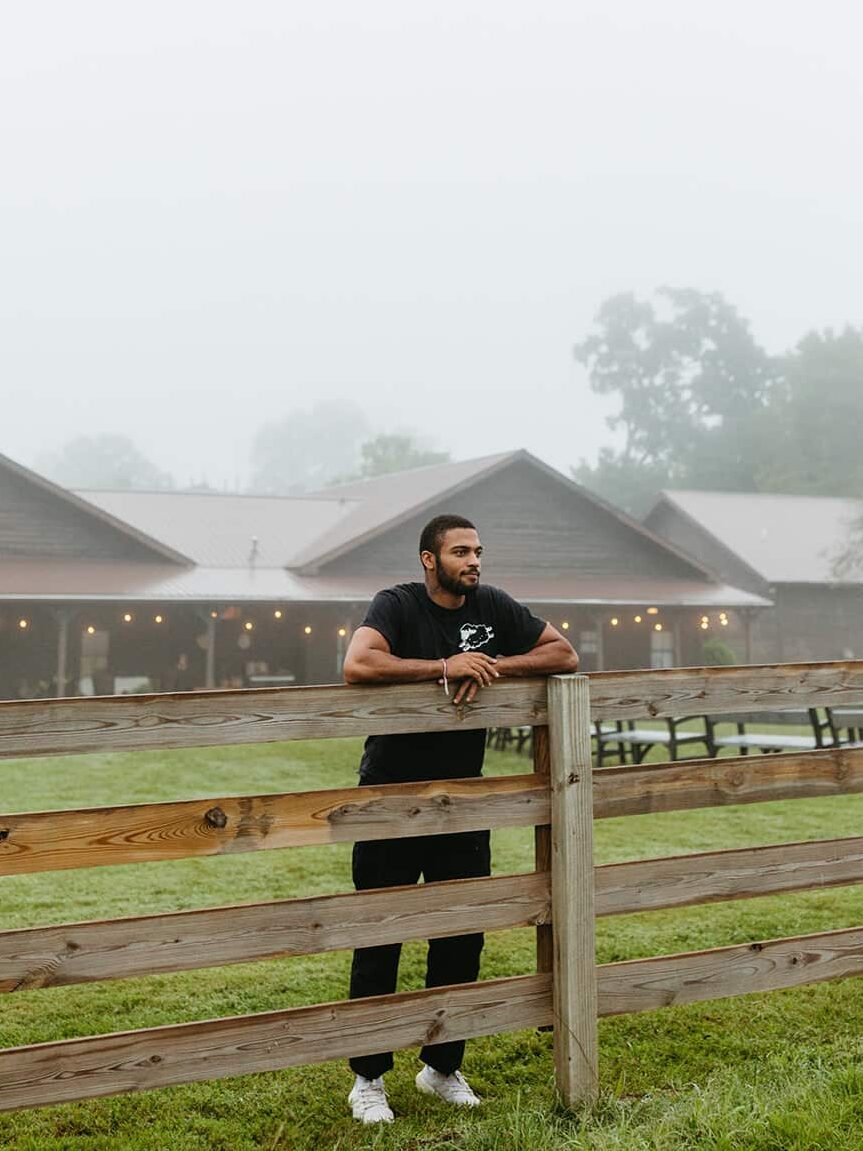Feeling Safe At Work
By Dr. Ed Barron, Organizational Consultant and Diversity, Equity, and Inclusion Leader
The Importance of Feeling Safe at Work: Cultivating an Environment where your team can thrive
An excerpt from the Onsite Journal Vol. 3
One of the most salient outcomes of the “Great Resignation” is the reevaluation of the bargain between capital and labor.
In many ways, the pendulum is swinging from an employer-driven workplace to talent-driven one. As a result, organizations have been scrambling to rethink their strategies for attracting, recruiting, and retaining talent necessary to build high performance team that drive results. But what strategies should they be considering? The answer may surprise you.
In 2015 Google conducted a study on what makes a great team. Their study found that the most significant factor for effective teams is the presence of psychological safety. In fact, it seemed to be the single most important factor across several measures:
Researchers found that individuals on teams with higher psychological safety are less likely to leave Google, they’re more likely to harness the power of diverse ideas from their teammates, they bring in more revenue, and they’re rated as effective twice as often by executives.
What is Psychological Safety?
Dr. Amy Edmondson, a professor at Harvard Business School, coined the term “psychological safety.” She defines it as, “a climate in which people are comfortable being (and expressing) themselves.” I like to say that psychological safety is the belief that you won’t be punished or humiliated for speaking up with ideas, questions, concerns, or mistakes.
Dr. Barbara Fredrickson, professor of psychology at the University of North Carolina at Chapel Hill, identified some of the most prominent indicators of psychological safety in the workplace:
- Curiosity to ask questions and think big
- Trust between employees
- Open-mindedness to change perspectives
- Self-motivation and a sense of purpose
- Resilience in confronting and overcoming conflict
How Stereotypes Threaten Psychological Safety
One of the most significant barriers I’ve seen in building and nurturing a culture of psychological safety is something called the stereotype threat. Claude Steele, a renowned social psychologist, published his work around this phenomenon in the mid-90s, and research continues to see his findings confirmed, especially in academics and the workplace.
So, what is stereotype threat? It’s when someone from a minority group feels as if they are at risk of confirming a negative stereotype about that group with which they identify. Studies show that those who face stereotype threat have diminished cognitive functioning because they become preoccupied with the possibility of confirming the stereotype about their group and, often, it becomes a “self- fulfilling prophecy.” The impact of stereotype threat has been cited as one of the causal factors of the disparity in opportunities for advancement and achievement in certain racial, ethnic, gender, and culture groups.
To describe stereotype threat, Steele uses the example of a “snake in the room.” Imagine being in a classroom setting and as the instructor lays out the plan for the day, he ends by saying “By the way, there is a snake in this somewhere in this room but try not to worry it and just stay focused.” What would your response be? You would obviously be preoccupied with the whereabouts of the snake thus severely limiting your ability to focus on the content of the class.
That’s how stereotype threat works. It limits cognitive functioning based on fear. In this case, fear of confirming a prevailing stereotype. But fear in the workplace can be related to retribution and loss of opportunity and relationships It can stifle innovation and creativity.
So How Do We Foster This Kind of Safety and Connection?
What can we do to ensure the culture continues to evolve as a place where people feel free to speak up, where perspective-taking is prioritized, and where individuals don’t feel the weight of stereotype threat?
3 Reframes to Foster Psychological Safety:
- Instead of seeking to be understood, seek to understand.
Ask questions like, “Can you help me understand?” to gain more insight. If correction or instruction is necessary, you’re more likely to give it from a deeper understanding, and it’s much more likely to be received well. - Instead of being concerned with efficiency, be interested in effectiveness.
Efficiency is important, but it tends to be focused on quickly moving from one thing to the next. Effectiveness, however, is about slowing down and making sure the result you are after is the get is the result you achieve. - Instead of being “nice,” be candid.
Niceness and candor are not mutually exclusive. But workplaces that prioritize being nice can inadvertently cause psychological safety to falter because people may not feel free to express their thoughts and opinions, especially if they run counter to the accepted norms. Candor can be one of the greatest gifts we give our teams because it paves the way for clarity.
One final thought: Consider the environment you want to work in as a leader. What is it you need to foster your utmost effectiveness? Start today and do one thing that can build toward this reality.
Today, become the architect of the psychologically safe culture you want to see tomorrow.
————————
Want more resources to help you effectively lead yourself and others so that your team can thrive?
Check out our new emotional health class, Becoming a More Inclusive Leader: How to Navigate (and Celebrate) the Complexities of the Humans We Lead.
In Becoming a More Inclusive Leader, you’ll:
- Uncover your own biases and blind spots
- Explore some of the systems that created them and that keep them in place
- See the importance of diversity, equity, inclusion, and belonging
- Gain a deeper understanding of intersectionality and its impact in our workplaces
- Learn how to invest in your company culture and effectively lead through times of heightened division


















